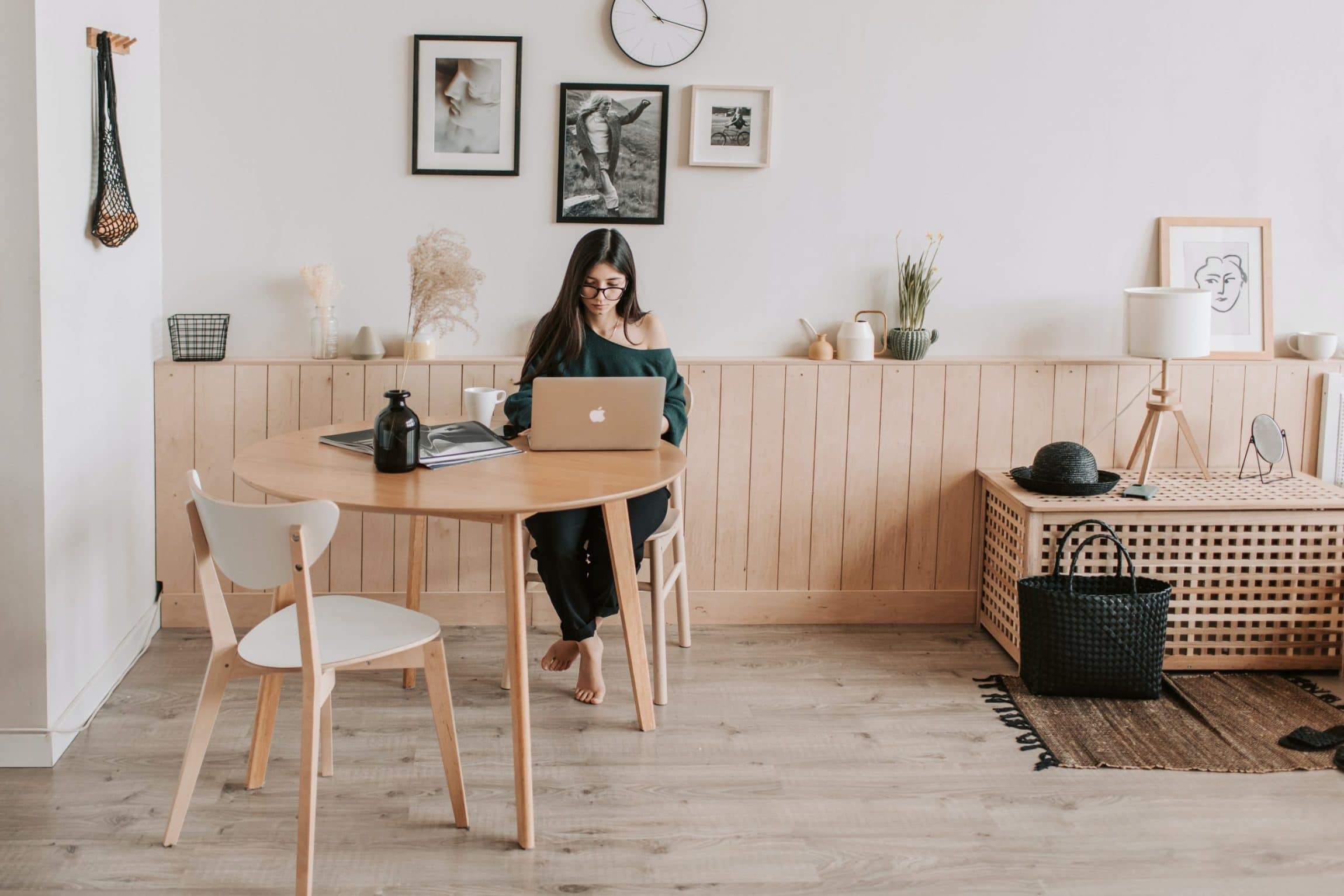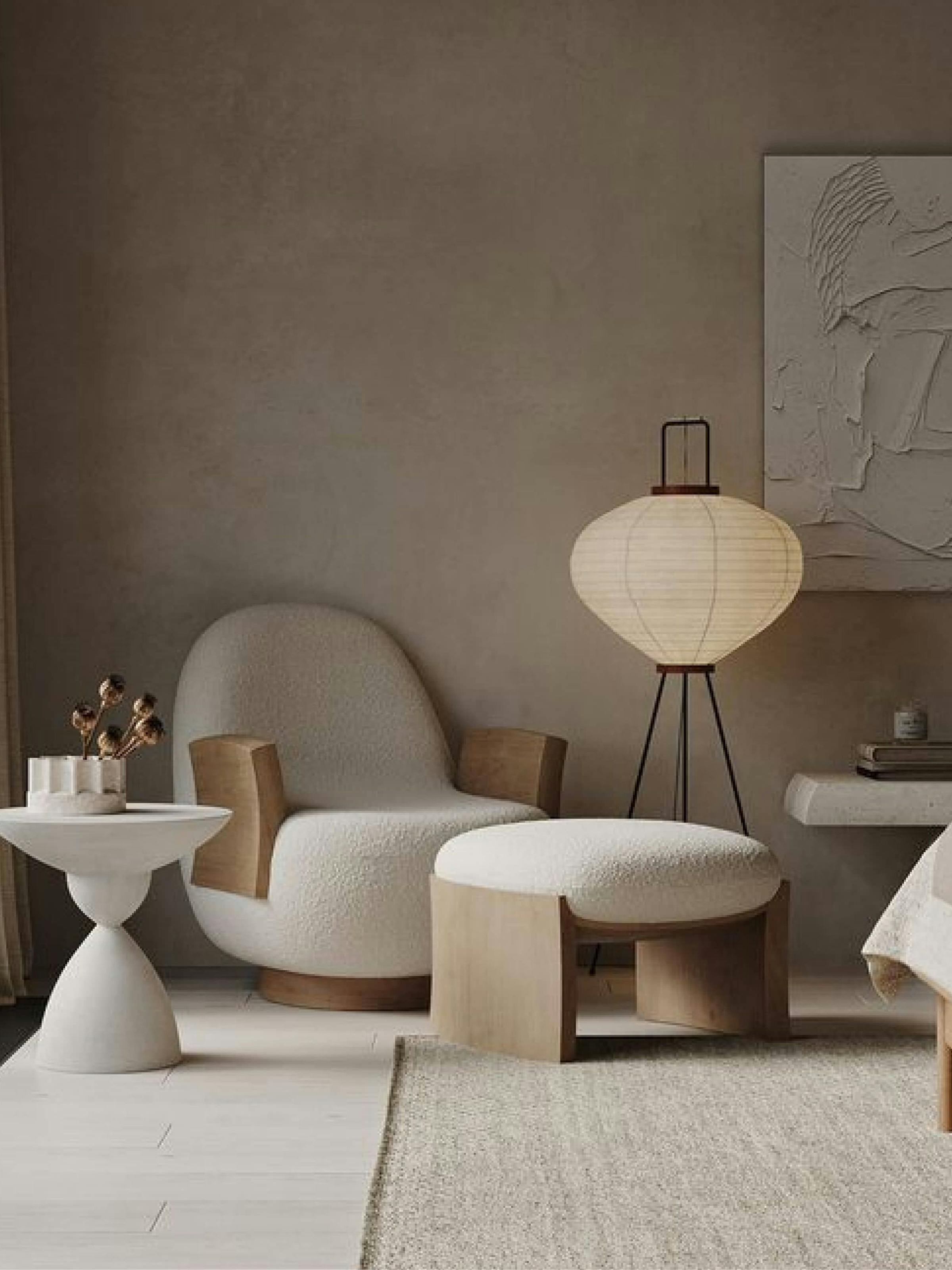The Art of Minimalism: Creating a Well Balanced and Peaceful Living Environment
The Art of Minimalism: Creating a Well Balanced and Peaceful Living Environment
Blog Article
Recognizing Minimalism: Approaches for Minimizing Clutter and Enhancing Clarity in Everyday Living
Minimalism is progressively identified as a practical approach to boosting clarity and focus in today's chaotic world. By methodically assessing our properties and prioritizing intentionality, we can develop spaces that not just mirror our values however likewise advertise mental wellness.
Specifying Minimalism and Its Advantages
Defining minimalism includes recognizing it as a lifestyle option that highlights simpleness and intentionality in both day-to-day regimens and physical properties. At its core, minimalism motivates people to prioritize what truly matters, permitting for a much more significant and concentrated presence. By stripping away the non-essential, minimalism invites individuals to engage deeply with their experiences and surroundings.
It cultivates mental quality, as lowering clutter in one's environment can lead to decreased distractions and stress and anxiety. Minimalism promotes monetary flexibility; by focusing on needs over desires, people can make even more informed getting decisions, leading to possible savings and minimized debt.
Eventually, minimalism is not just about material decrease but entails a holistic shift in viewpoint, cultivating a life identified by satisfaction, equilibrium, and function. Welcoming this way of life can cause extensive adjustments in how people regard and interact with the globe around them.
Evaluating Your Present Clutter
Clutter often manifests as an overwhelming accumulation of items that no longer serve an objective, creating a barrier to attaining a minimal lifestyle. To efficiently analyze your existing mess, it is necessary to embrace an organized technique. Begin by identifying the locations in your home that really feel frustrating or chaotic. Remember of certain categories of things, such as garments, books, or kitchenware, as this will help you understand the extent of the mess.

In addition, take into consideration the frequency of use for every item. If something has not served an objective in the previous year, it may be a prospect for elimination. This analysis will not only clarify your partnership with your possessions yet will also establish the structure for reliable decluttering in the future. Eventually, comprehending your current clutter is a vital step towards embracing minimalism and boosting clarity in your daily living.

Practical Decluttering Methods
Having evaluated your current clutter, the following action is to apply functional decluttering methods that help with a more organized living room. Minimalism. One efficient technique is the "Four-Box" strategy, where you mark 4 boxes identified: keep, give away, trash, and relocate. This method encourages fast decision-making and makes certain products are categorized appropriately
An additional method is the "One in, One out" guideline, which stipulates that for every brand-new product gotten, an existing item must be removed. This concept aids maintain equilibrium and stops accumulation over time. In addition, take into consideration the "30-Day Minimalism Video Game," where you get rid of one thing on the very first day, 2 on the 2nd, and so forth, cumulatively fostering a sense of achievement.
For those who have problem with psychological attachments to properties, the "Sentimental Worth" approach can be advantageous. Restriction yourself to a details number of treasured things, enabling you to value their importance without frustrating your space. Finally, establish a normal decluttering schedule, whether regular monthly or seasonally, to keep a clutter-free atmosphere. By using these techniques, you can produce an extra reliable and serene space, inevitably boosting clarity in your daily life.
Developing Willful Spaces
Creating intentional spaces involves a thoughtful method to how we design and organize our settings, guaranteeing each area offers a certain objective and shows our values. This practice is necessary in growing a visite site sense of quality and objective in our lives. By seriously analyzing the feature of each room, we can get rid of interruptions and improve our overall well-being.
To develop willful rooms, start by determining the main activities that will occur in each area. A home workplace should be designed to cultivate efficiency, incorporating components such as appropriate lighting, comfy furniture, and marginal distractions. On the other hand, a leisure area ought to advertise harmony, featuring comforting colors and comfy seating.
Additionally, take into consideration the emotional effect of your environments (Minimalism). Including personal things that resonate with your worths, such as art work or plants, can improve the link to your room. Routinely review these environments to guarantee they proceed to offer their designated objective as your demands advance
Ultimately, producing willful areas has to do with making mindful selections that line up with your way of living, promoting harmony and performance in your living and working settings.
Maintaining a Minimalist State Of Mind
Accepting a minimalist mindset needs ongoing reflection and intentionality in our activities and ideas. Set aside time to evaluate your commitments, belongings, and even digital content, guaranteeing they align with your core concepts.
An additional trick approach is to exercise thankfulness. Acknowledging what you already possess fosters contentment and lowers the need for extra. This shift in perspective urges recognition for simplicity, enhancing total health. Incorporating mindfulness strategies, such as reflection or journaling, can even more reinforce a minimal state of mind by advertising clarity and reducing psychological clutter.
Additionally, develop borders to safeguard your energy and time. Discover to claim no to non-essential commitments and disturbances that do not add to your personal development. Border yourself with similar people who sustain your minimalist trip, as shared worths can improve motivation and liability.
Final Thought
To conclude, accepting minimalism supplies considerable advantages, consisting of reduced clutter and boosted article clarity in everyday life (Minimalism). By systematically examining possessions and executing functional decluttering techniques, people can create deliberate rooms that foster mindfulness and thankfulness. Preserving a minimalist state of mind needs recurring evaluation and commitment to simplicity, eventually causing a more focused and satisfying way of living. The concepts of minimalism act as important devices for growing a setting that supports individual development and health.

Additionally, consider the "30-Day Minimalism Game," where you get rid of one item on the initial day, two on the second, and so forth, cumulatively promoting a sense of achievement.
In verdict, embracing minimalism offers significant benefits, including reduced clutter and enhanced clarity in daily life.
Report this page